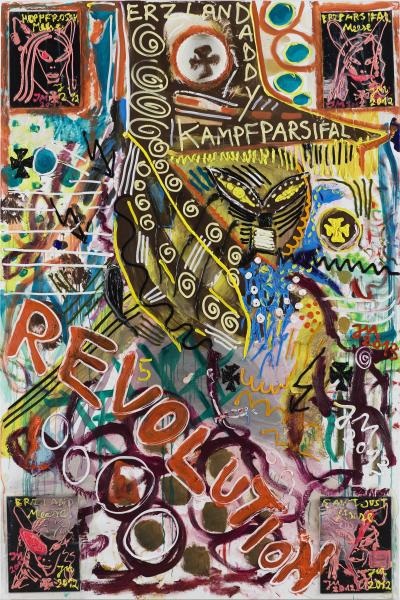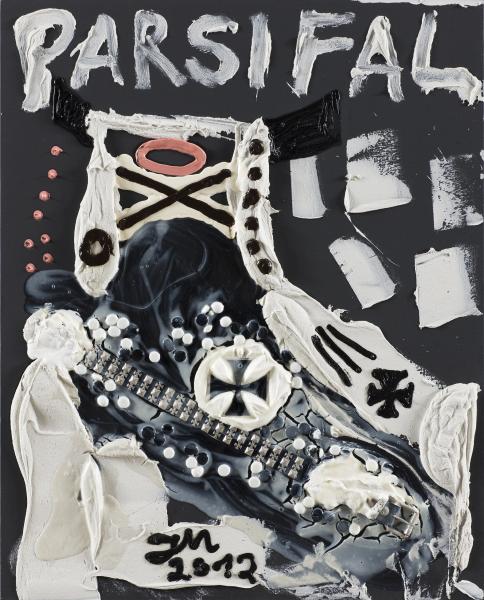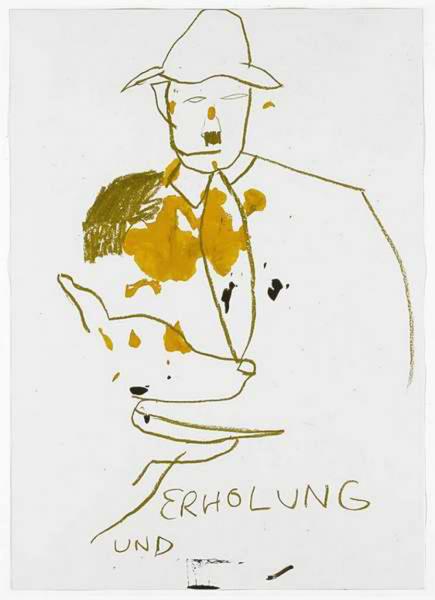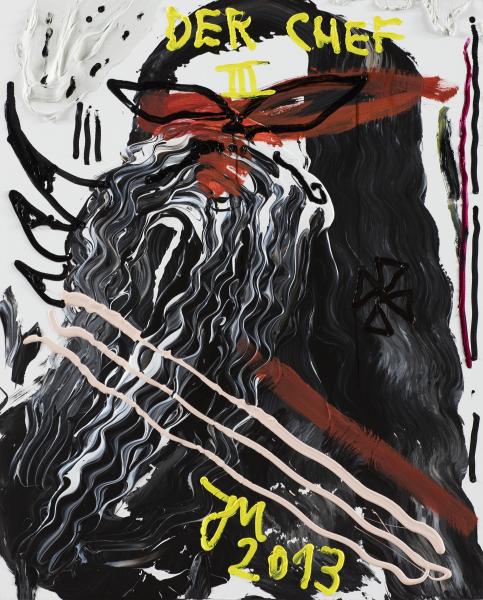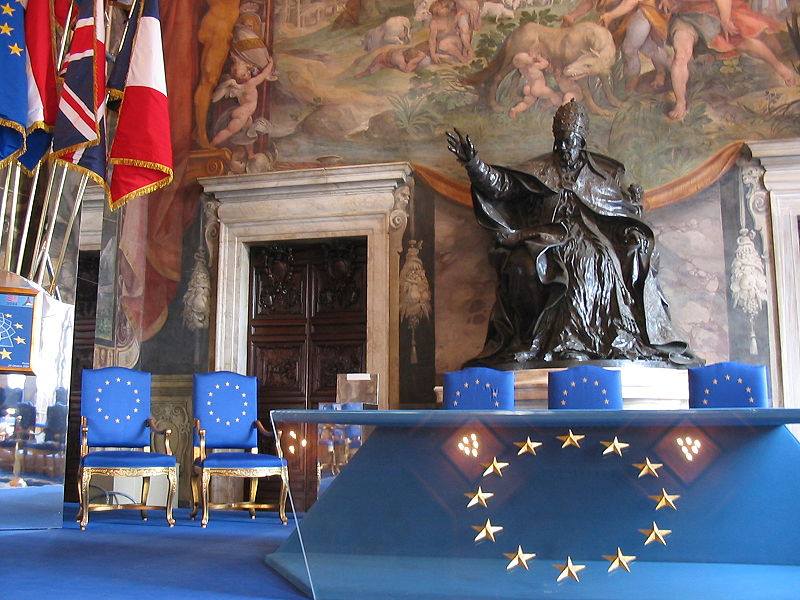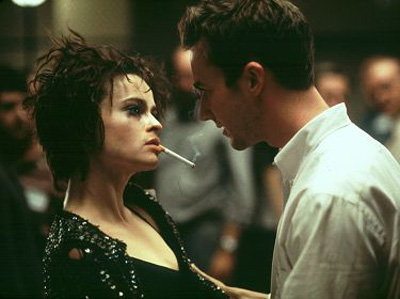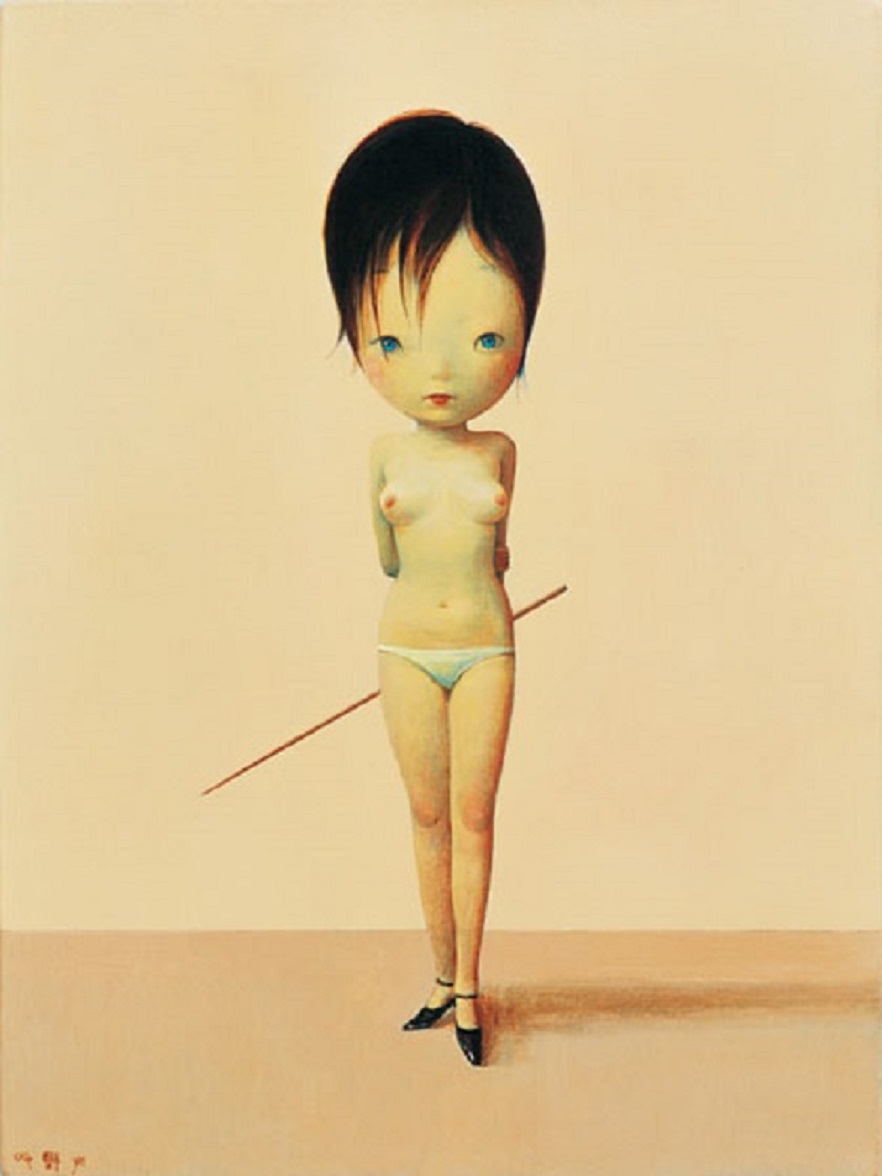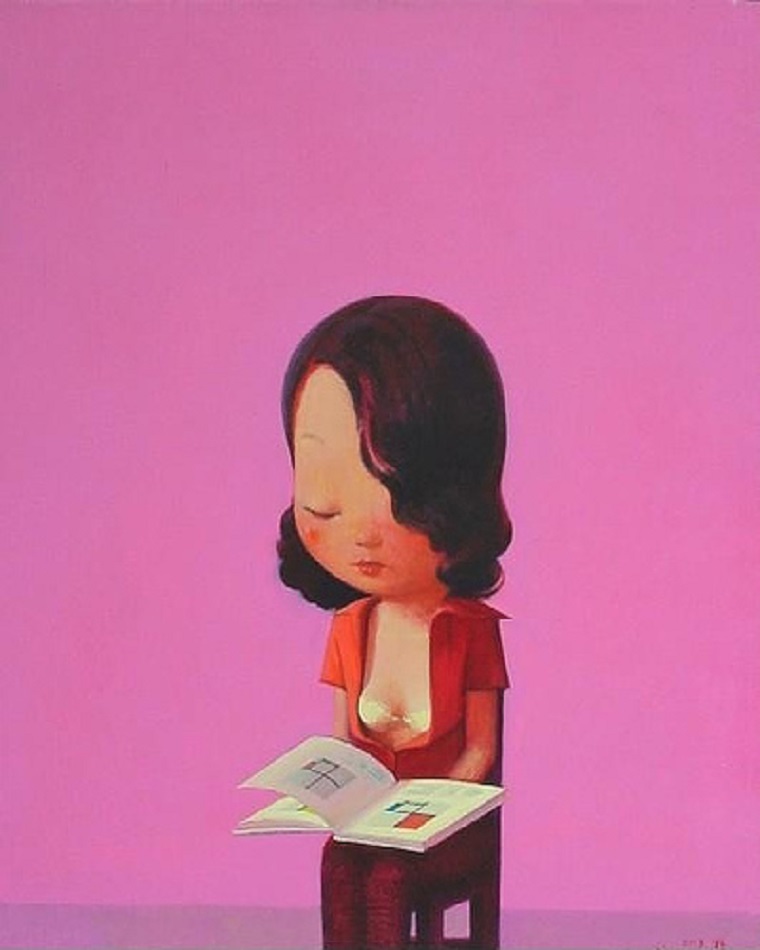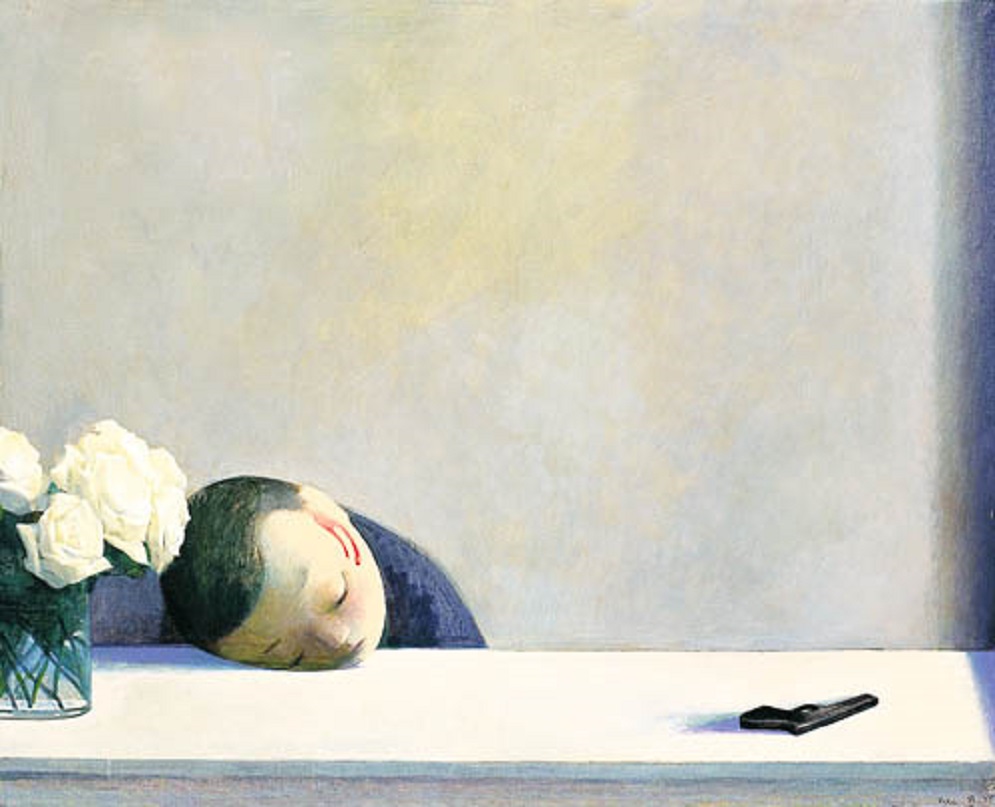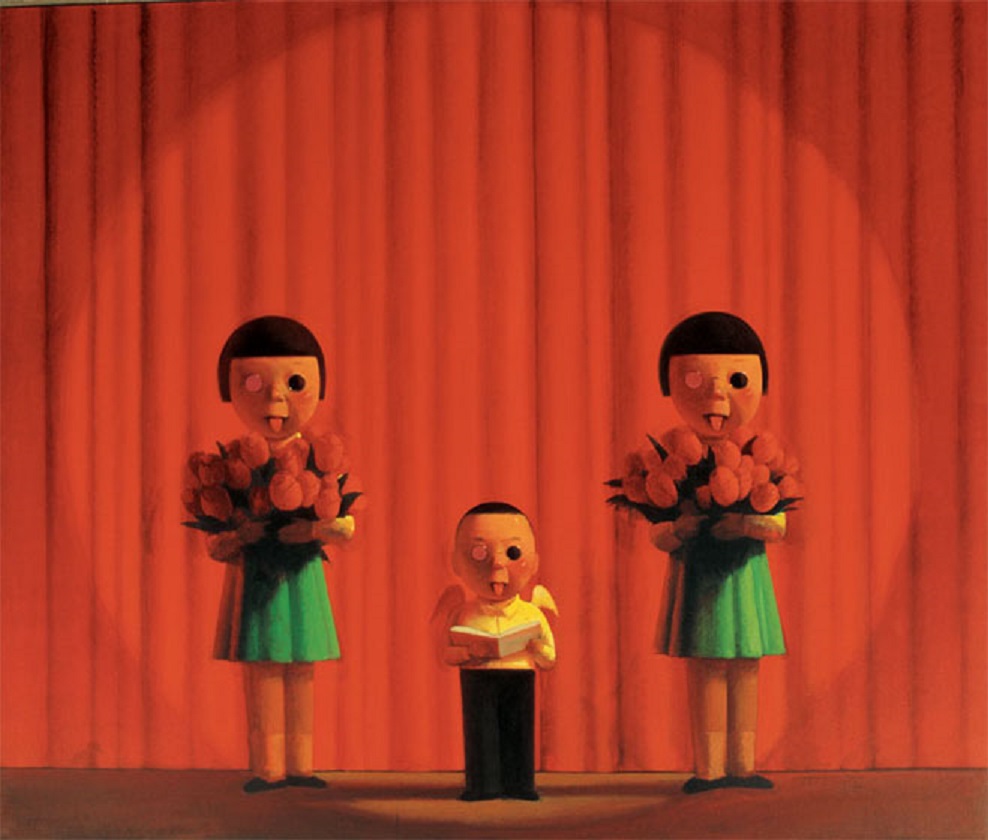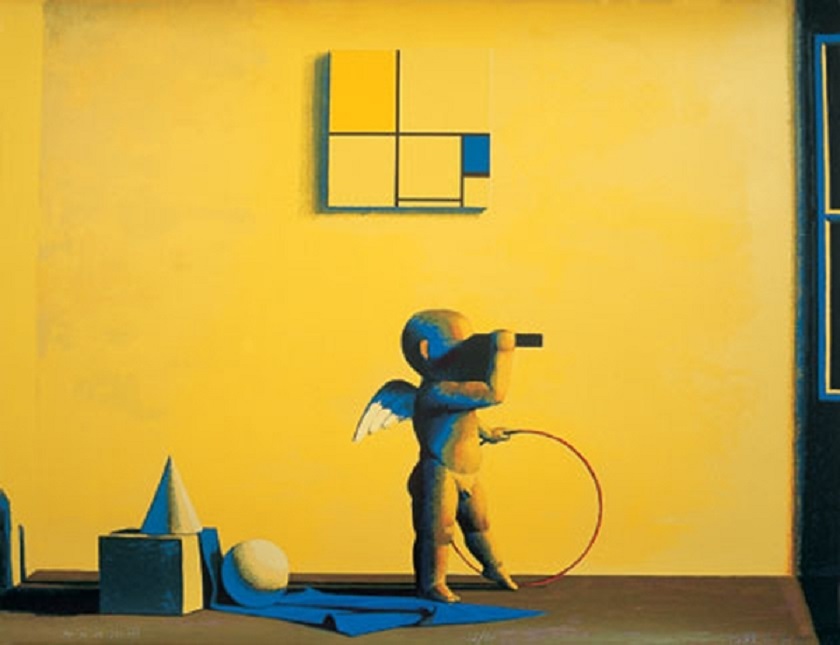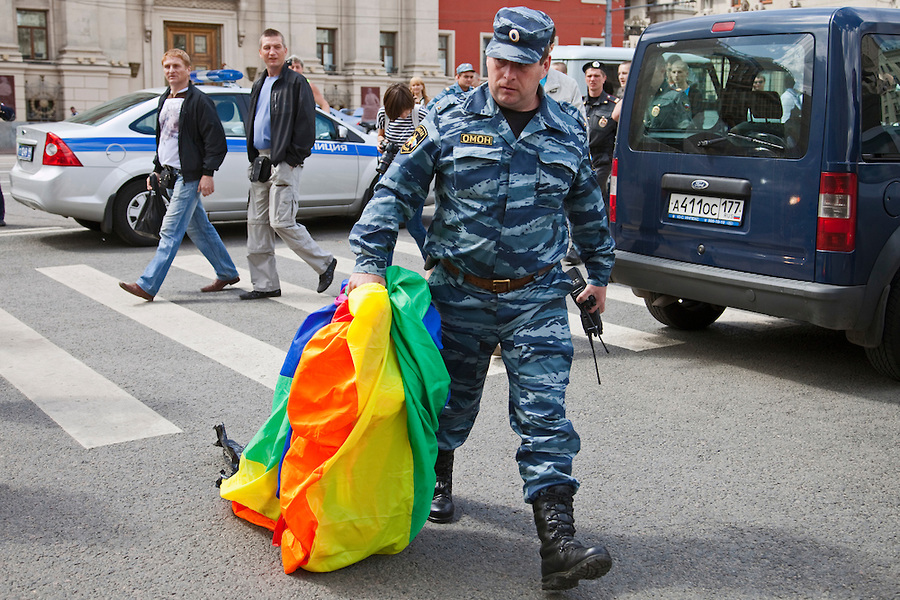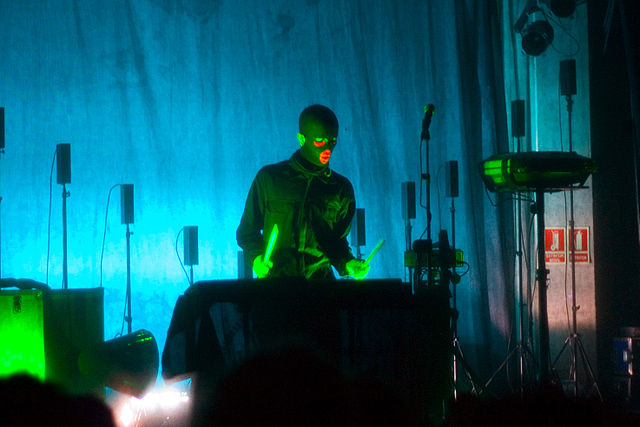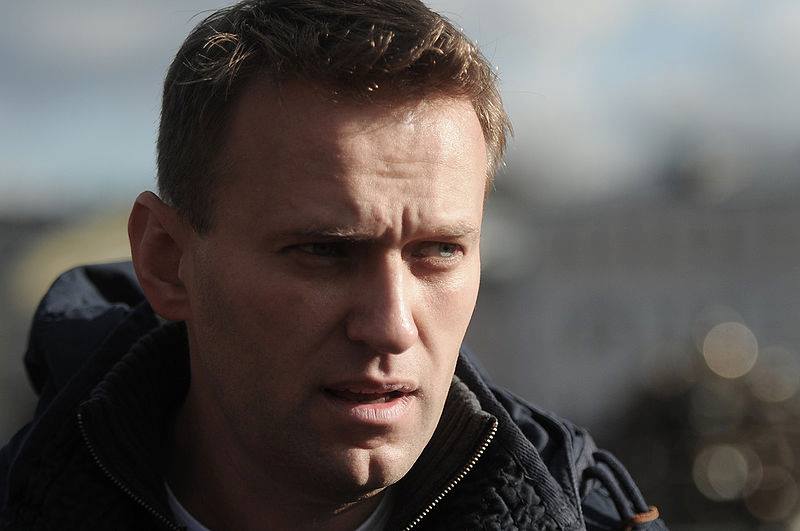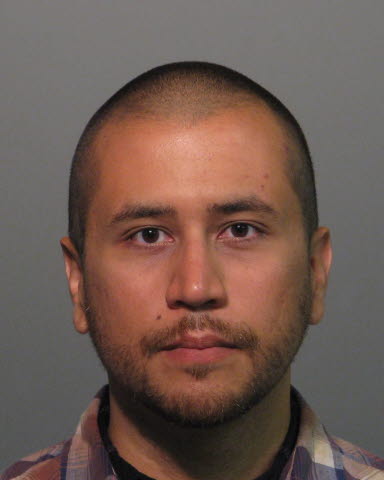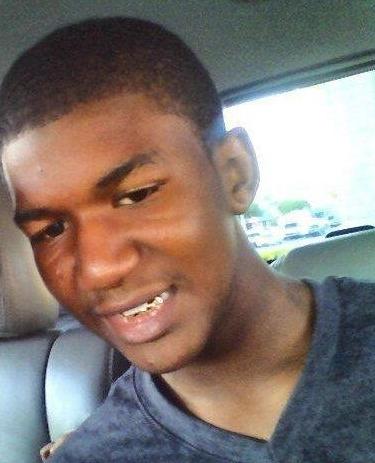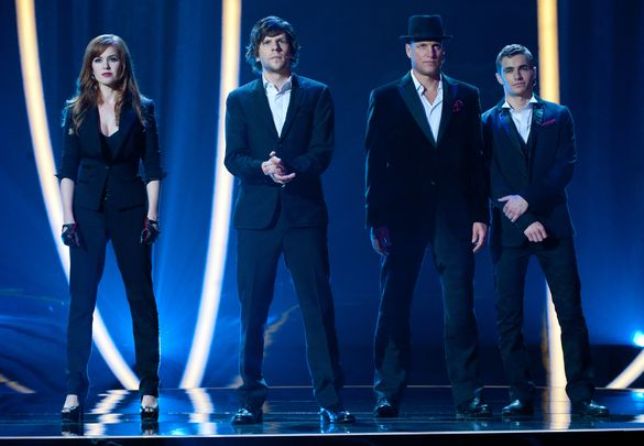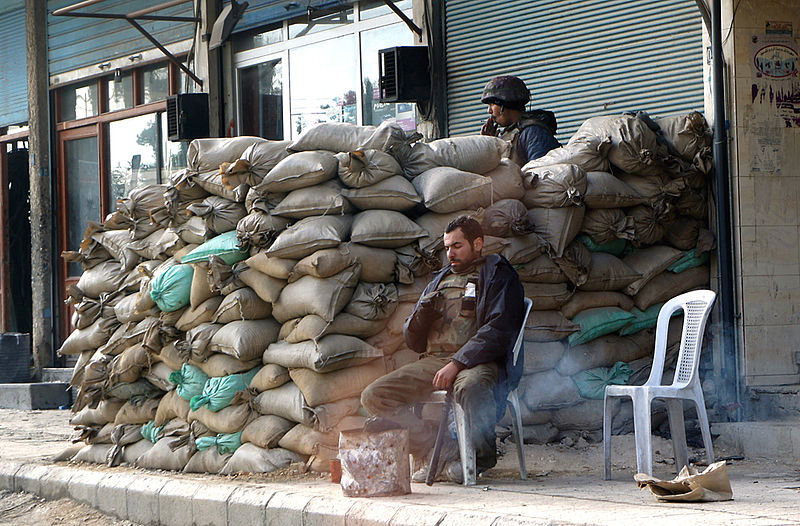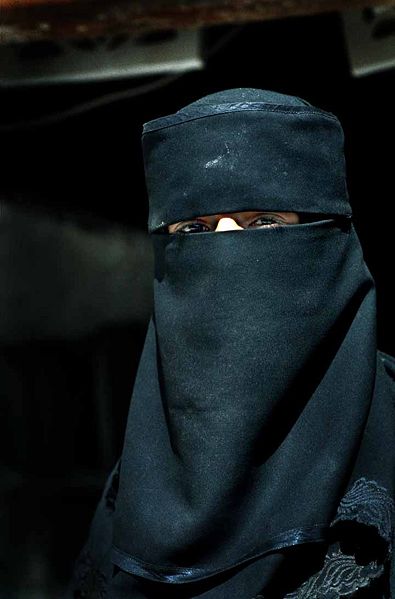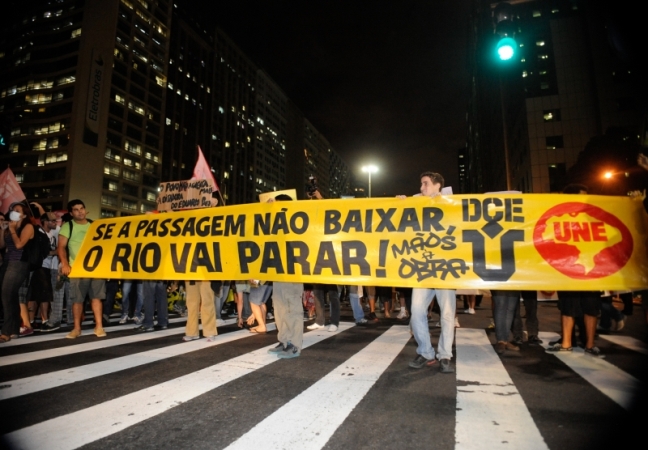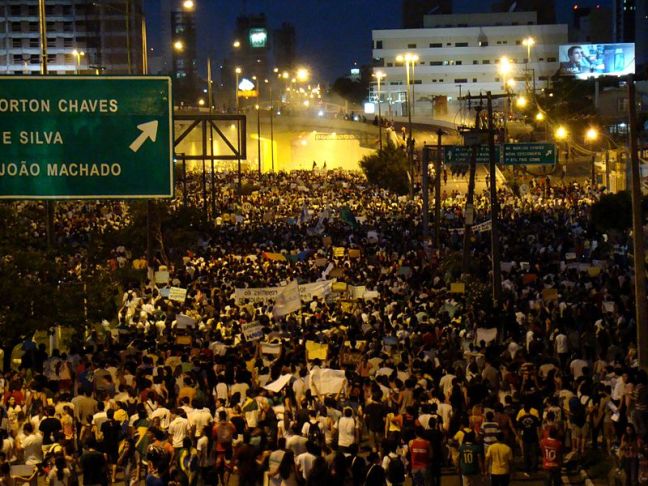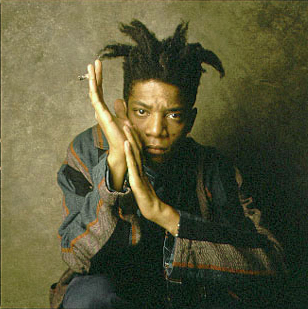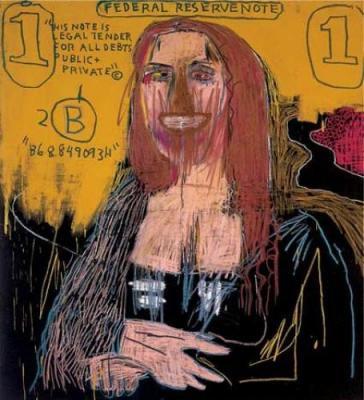This time “Urban chats” are proud to present director of short film “Porno Melodrama” (2011) and film “We will Riot” (2013), well-known public figure, a human rights activist, initiator and participant of social actions, a voice of his generation – Romas Zabarauskas.
In 2009 you were one of the initiators of LGBT protest against homophobic law. Looking back, did the situation of LGBT community changed and how?
It is rather difficult for me to answer, because I am not a member of LGBT or any other human rights organisations. Sometimes it feels that I associate myself with Vilnius’ youth community rather than LGBT. At the same time probably everyone has a lot of different, conflicting identities. In my opinion, the overall trend is positive – people are more open and outspoken, there is more and more LGBT representation in public, as well as more cultural events and actions.
I would like to see even more explicit actions and statements. Sometimes, for example, in the contemporary art world there are queer exhibitions which seem to occupy the niche, but have no real political potential in itself, and even the organizers themselves do not publicly identify with any LGBT nor queer identities. I find such cases strange, but then again – rainbow has six colours and all of them can get on…
What is your position on the continuing fight between LGBT community and Vilnius’ municipality regarding the location of upcoming Baltic Pride march in Vilnius? Why is it important to the LGBT community to march in the central Gediminas Avenue?
It‘s great that LGL did not give up and insisted to organise the march in Gediminas Avenue. After all, there is no reason why some people would be allowed to march the main street and others would not.
Municipality‘s decision to ban the march is based on the security concern of the participants and onlookers. In your opinion, are such arguments weighty enough?
Both the court and the police made their clear statements that such arguments are irrelevant. There is nothing else for me to say but agree.
You studied in Paris and New York, you were also invited to international film festivals in Berlin, Moscow and elsehwhere. What is the attitude towards the LGBT community in foreign countries? Can you compare the experience abroad and the situation in Lithuania?
Russia was the only country I visited that is more homophobic than Lithuania. However, Moscow is a large metropolis with modern values, where no one is bothered by other people’s sexual orientation. Paris and New York, where I have studied film, are open cities where any manifestations of homophobia are not tolerated.
Visitors from abroad are expected to visit Lithuania in order to show their support for the Lithuanian LGBT community. Have you ever participated in similar events abroad?
I haven‘t yet participated in LGBT march. However, I joined a film group at Occupy Wall Street movement inNew York, organising film screenings at Zuccotti park. We also marched the Occupy march carrying a portable projector. It was an unique experience to see how people are no longer willing to tolerate the neo-liberal system’s shortcomings and are trying to change things in order to decide their own destiny.
At the Moscow International Film Festival you demonstrated your support for the Russian punk rock group Pussy Riot, wearing a Free Pussy Riot T-shirt at the festival’s opening. What do you think about the ideas of this band?
Pussy Riot women express very articulate criticism towardsRussia’s imperialism and its’ lack of democracy. The best thing is that some of the criticism is also relevant to theUnited Statesand other countries’ politics.
Homophobia and xenophobia are not exclusively Lithuanian traits. For example, some of African countries have a death penalty law for homosexuals. To compare this with the situation in Lithuania, we are rather a tolerant nation. In such case, some may wonder, why LGBT still makes such a fuss about their rights? How would you reply to such question?
I fully agree that overall Lithuanians are tolerant people. We only need a little bit of time, and also the political will to overcome the legal and social discrimination against the LGBT people in Lithuania.
Recent news about Alan Chambers, the founder of Exodus International, was rather a global sensation. After many years of prayers and attempts to convert homosexuals to the “true faith”, Chambers publicly admitted that he himself feels attracted to the same sex. Why do you think some sexual minorities live in denial?
Denial phase is common amongst a lot of gay people who grow up in a homophobic environment. For some, it is more severe and lasts longer, for others this phase is short. Denial may have horrifying consequences, when an entire heterosexual family is based on lies. Imagine an ideal family where every weekend the father goes „fishing“… It is sad when families are created without love.
LGBT community is a relatively young phenomenon, keeping in mind that the definition itself is in public use since 1990. On one hand, it is rather natural to hear groundless information regarding members of LGBT. On the other hand, such misinformation creates negative public reaction. What are the best ways to stop the spread of misinformation?
I think we should not be afraid to speak boldly and openly. Celebrities, politicians, and intellectuals should be outspoken promoting ideas of equality in language understood by everyone. Currently,Lithuania’s left intellectuals and even some activists are being too academic.
In one of the articles, you raise an ironic question: “Maybe it‘s not that bad to live in Lithuania?”. Everyone has their own answer to this question; however what would be your reply? Do you feel at home in your own homeland?
I feel absolutely great, I am in love withVilnius, its’ people, events and parties. It’s a perfect size city and I enjoy being part of it.
Hollywood films portray gay men as highly feminine and always surrounded by female friends. Do you think such portrayal is correct? Does it have a negative side? Have you managed to get away from the stereotype when shooting “Porno Melodrama” (2011)?
I think that excessive political correctness is boring. At the opposite, I noticed a trend that in more and more contemporary Hollywood and European movies gay men are played by heterosexual actors, seeming very “normal”. For me it’s just not interesting. My choice to portray a stereotypical gay couple – a campy intellectual Matas and “a tough man” Jonas – in “Porno Melodrama” was intentional. It was a deliberate game with clichés. Their roles are contemplated throughout the picture – but it is also a romantic fantasy of a couple. Art should not be measured by the “efficiency”. Hence, I do not raise this issue at all. My public talks and my movies are not the same thing – when making a film, I do not compromise with my vision.
Since we are talking about “We Will Riot” (2013), could you tell us how you came up with the idea for the script?
First, here’s a small synopsis: Luke is an up-and-coming DJ from an affluent New York family with a Lithuanian father and an African-American mother. When Luke hears from an estranged grandmother in Lithuania, he defies his parents and decides to visit this far-away country, flying straight to the capital cityVilnius. He falls in love with the city, a rebellious girl called Marta, and the local music scene – the beatmakers – promoted by an aggressive gay manager, Andy. Luke’s grandma’s connections get him a deal with the municipality to become the manager of a new nightclub, and he takes up the challenge… but the deal turns out to be poisoned, forcing Luke to rebel in ways he never imagined.
The idea arose for several reasons. First of all, when I learned that I will be studying in New Yorkfor one year, I decided to create a film between New York and Vilnius. At the same time the music supervisor Mark Splinter was always suggesting me to make a movie where the music would be the most important thing thought of before writing the script. Overall I was inspired by the Vilnius’ youth community, beatmakers, “Satta Outside” festival. In Vilnius we have a lot of talented people, yet we do not know about them until they emigrate and become popular. For example, Fingalick’s music is played by BBC – and our radios have no clue about him. I think it shouldn’t be this way – we need to recognize our talents and appreciate what we have here in Lithuania.
The release of Kristina Buožytė’s film “Vanishing Waves” (2012) encouraged the discussion about the Lithuanian film new wave. How would you evaluate the situation of Lithuanian cinema?
The discussions about the Lithuanian cinema’s renaissance started after the success of a blockbuster “Tadas Blinda”. In short, I think that the situation is improving: there are more choices, genres, ambitions.
The film “We Will Riot” (2013) tells the story of the Lithuanian electronic music beatmakers. In one of the interviews you admit your attraction to the scene and you note that beatmakers are often portrayed (and maybe are) as masculine hyper heterosexual men. Does this mean that the society decides for gay people whom they should love and what career to pursue? If so, why? Have your sexual orientation ever got in the way of evaluation of your work?
It’s interesting for me because it’s very unexpected, precisely because it has nothing to do with the LGBT community. I think that Lithuanian beatmakers are tolerant and educated young people – but yes, it is true that most of them are heterosexual men. There are not a lot of openly gay men nor women creating beats in Lithuania. This is a complex issue – why people choose one profession or another – but of course, the overall atmosphere has an influence. In US there are gay, queer, bisexual rappers like Frank Ocean, Zebra Katz, Aezelia Banks and others. I am sure that after the public opinion about LGBT changes in Lithuania, the number of rappers and beatmakers of non-traditional sexual orientations will increase as well.
It may seem disappointing, but it may take a while before Lithuania will become an open country for people of different races, nationalities, genders and sexual orientations and also before the same-sex marriages including the right to adopt will become legal. What are the prospects for LGBT members who wish to create a family?
LGBT families do exist already and are created every day – they only need judicial and public recognition.
A few weeks ago on Facebook you encouraged people to stop being afraid and share their fears and depression, turn to family and friends or to you. Is there enough adequate psychological support for people who suffer discrimination because of their sexual orientation?
I wrote the posts because a person I knew committed a suicide. He was heterosexual. Unfortunately, I did not know and could not suspect that he has suffered from depression. No one is immune from that. InLithuania, I think, a great work is done by the “Jaunimo Linija” (Youth Line), a call service providing psychological help. I would like to use this opportunity and invite people to support “Jaunimo Linija” by purchasing these T-shirts from “Support Baltic Pride 2013”. By supporting such actions and at the same time simply expressing ideas, everyone can contribute to changes in Lithuania.
